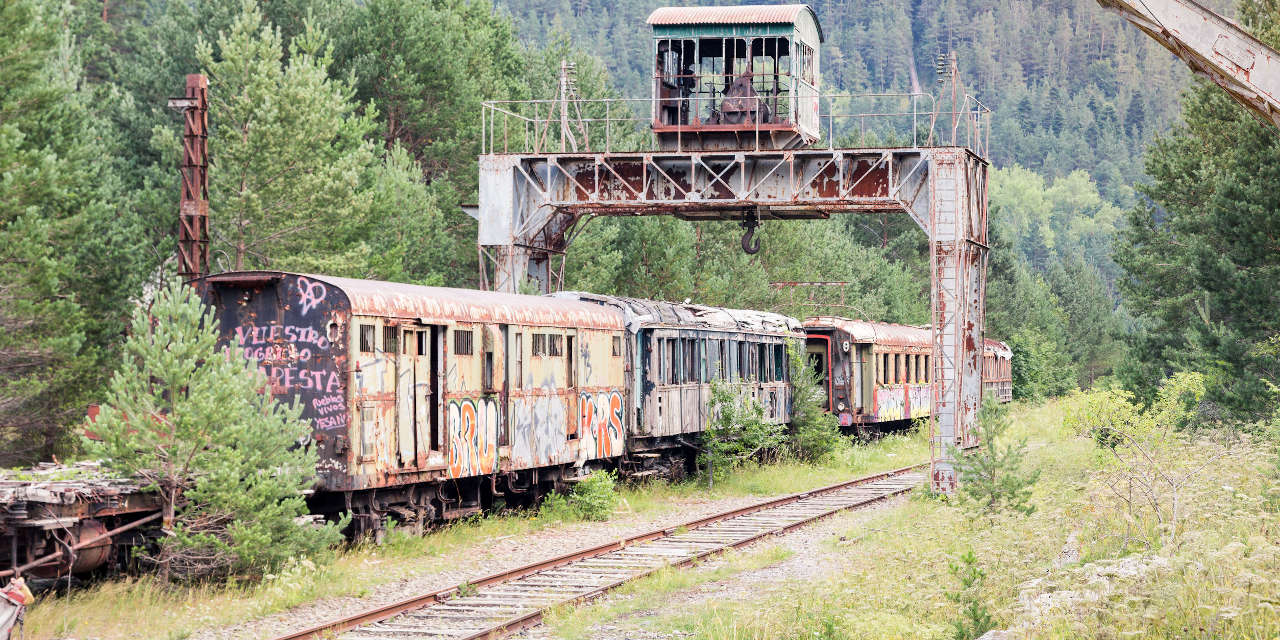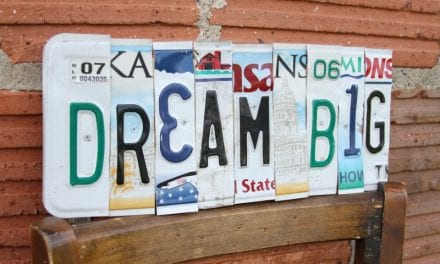By Jack Cumming
You know the story of how the great passenger railroads failed to adapt to the rising airline and automobile industries and were superseded. There’s even the cliché we use to describe enterprises that once were behemoths when we say, “They’ve gone the way of buggy whips.” Sears was once the premier retailer and now it has but a shadow of its former prominence.
Will that be the case with senior living? A human revolution is underway in America. We’re not only living longer. We’re also staying functional until closer to life’s end. The period of old age dependency is shrinking. To echo President Biden’s recent speech to Congress, “. . . doing nothing is not an option.”
Is It People Living or Senior Living?
An anecdote will make this clear. The other day I was in conversation with a senior living sales representative for a community now under construction. The salesperson responded to a question about suitability for my wife and me by saying, “We will have a two-bedroom, two-bath apartment that’s 1280 square feet, so it is quite a large apartment for a senior community.” What we heard was that as “seniors” we shouldn’t expect what others take for granted.
We now have two sinks in our bathroom and that’s important to marital harmony. That large “senior” apartment, the best that provider offers, is what my wife and I call a “one-hole-er” since it’s evocative of a bygone era. We’ll see more aging people continue to be active in the larger community in the future. They will want workspaces and living conveniences like those that other productive people expect.
Whither Senior Living?
Are you in the senior living business? Is that industry shrinking as railroading did into something else? Or, are you in the People Business, providing housing and living options to support people as they live their lives? My perspective is that it’s time for senior living to rethink its business model. The business model of nice young and middle-aged people taking care of older people does not seem sustainable. Already, the generation now in their 60s and 70s are questioning the institutionalization they associate with senior living.
Is it time to redefine your business as a People Business? Is it time to end the ageism of an age-defined “senior” living industry? I believe that it is. Frankly, I don’t think it was ageism to care for older people needing assistance in a time when most people over age 70 showed signs of failure. Today, however, with a near octogenarian President, and extended vitality for all, that life model has been superseded. The senior living industry will need to stay ahead of change.
What Is People Living?
What does it mean to be in the People Business? For me, it means recognizing the stages of life from cradle to grave and giving families the tools they need – at whatever age through which they may be passing – to live life to the fullest. Children need caregiving. The nature of that care differs for infants, young children, school-age youngsters, adolescents, and college kids. Adults, too, need supports – socialization, workplaces, help with everyday chores and meals, and more. Older adults need all that, and some may come to need assistance with activities of daily living.
The emerging housing models with co-living, co-working, and more are responding to some of these needs. Thus, an embryonic industry is evolving to do for all what continuing living communities, euphemistically Life Plan Communities, did for the independent adults who moved in when that industry was young. Today’s senior living operators know how to serve that larger, emerging People Industry. That’s our opportunity.
It’s Our Expertise
Not only do senior living operators know the importance of meeting the evolving needs of older customers, but they also understand staffing to meet those needs. In addressing the workforce challenge, senior living operators are already caught up in responding to the needs and dreams of people of all ages, including the desire for education and avenues for advancement. Everyone wants to matter. Everyone seeks to have purpose. Perceptive senior living operators know that and know how to respond.
We also live in an age of national brands. Increasingly, we are caught up in nationwide trends ranging from politics in Washington, DC, to entertainment and even to learning opportunities streamed to us anytime anywhere. Senior living has been characterized by its fragmentation, local v. regional, nonprofit v. for-profit, single-site v. multi-site, hierarchical v. networked, etc. Will that change, too? It may. What now seems clear is that the industry that many of us work in, while it’s the industry where others of us live, will not be the same in 2030 as it is today. How old will you be in 2030? Will you be ready then for what the industry will be?
Fringe Benefits
The irony is that reinventing senior living as the People Business may solve the workforce challenge because a strengthened people emphasis can help workers meet their needs – childcare, education, chores, and more. Workers whose service lives are confined to repetitive, routine chores, e.g. medication management, lose the human capacity for active thinking. We can replace many of those mechanistic chores with technology. Technology is better suited to repetition, lowering cost and improving accuracy as a byproduct.
Reinventing our industry will likely also refocus the C-Suite more broadly outward on societal trends instead of inward on “what we do best.” The outward future focus is where the Board and C-Suite should be thinking anyway. Those enterprises with leaders who foresee the future, embrace change, and who use cautious judgment in the process, will be those that are best prepared for that coming world of 2030. Change is challenging; anticipating change requires astute business judgment; implementing change calls for people sense; and in change, opportunity is found.
Choosing Our Future
Will senior living go the way of the railroads? That is, is senior living destined to become a remnant of its earlier potential? Will it, like the railroads, just linger on to meet a residual need – for railroads, moving containers, for senior living, caring for the infirm? Or will senior living reinvent itself to emerge as Living writ large, just as the railroads might have evolved into Transportation writ large. Think of what those giant railroad companies of the past – the Pennsylvania, the Sante Fe, the New York Central, and more – might have been if they had foreseen the future of the automobile and airline industries instead of leaving those opportunities to others.
As we emerge from the terrible ravages – economic and physical – of the pandemic, we are positioned to embrace that promising future with renewed vigor and purpose. Today, we identify ourselves as senior living, or senior housing, or senior services, or community-based adult services. Will that be our future? Or, are we in the People Industry destined to reshape American living for the better? What will be the American Dream that our children and grandchildren will aspire to? Will we be the purveyors of that Dream?
Click here to read comments and join the conversation about this article.








